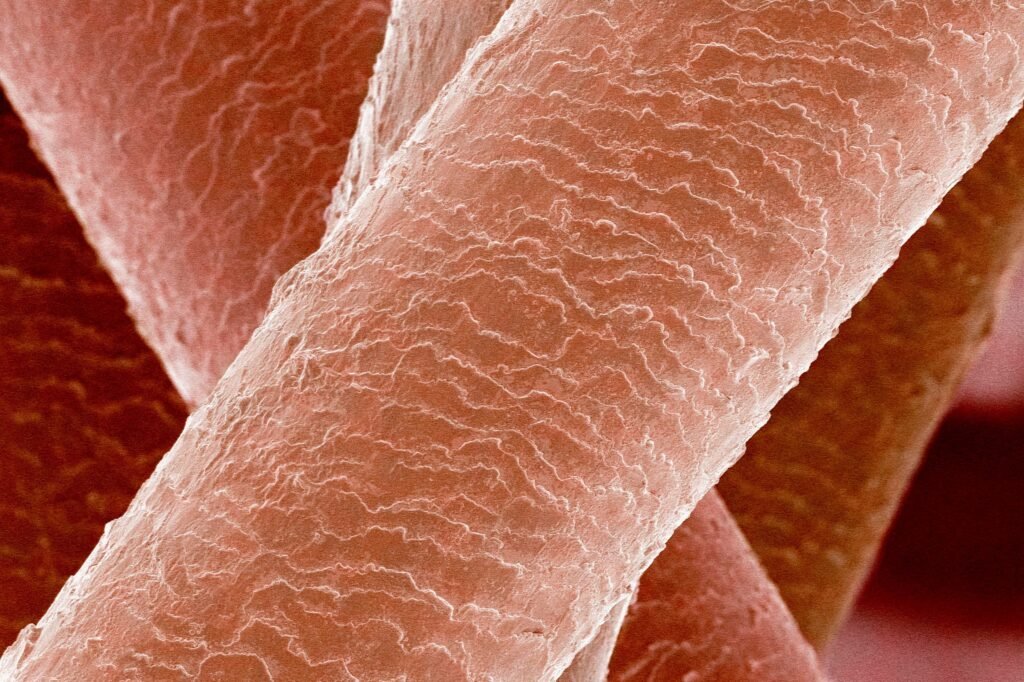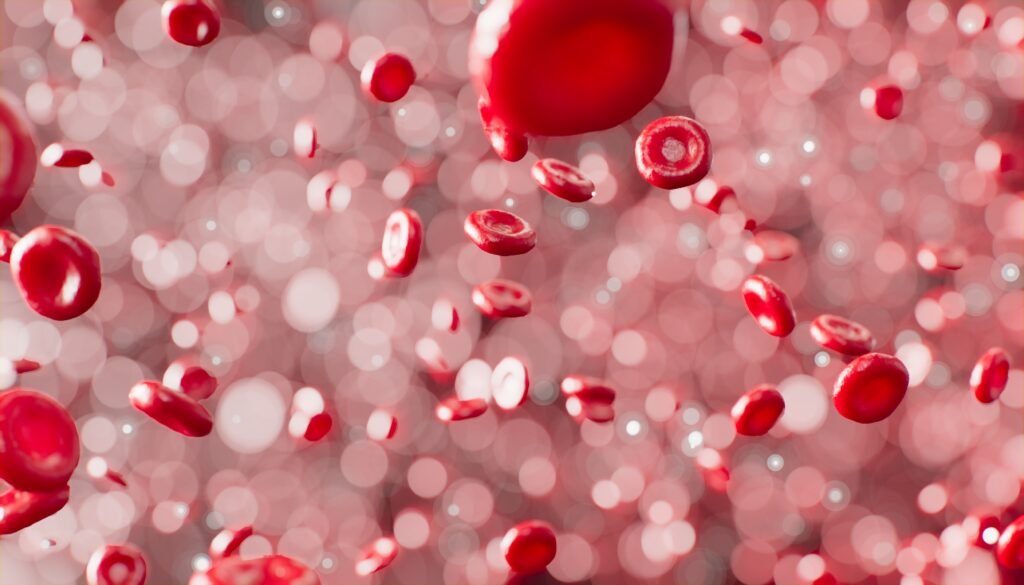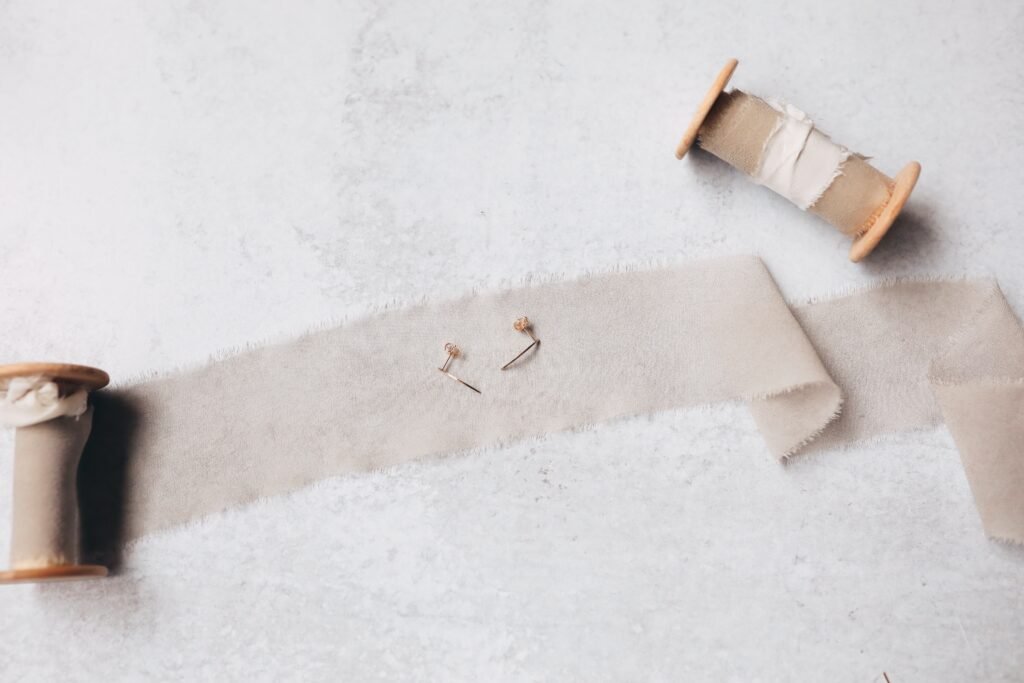The science
The hair on animals is not that different from our own hair, as it’s made up of proteins called Keratin. The wool fibers are wrapped around each other creating a sort of loop.
These hairs and fibers respond very well to moisture, as they “wick” away water and absorb a large amount of their weight in moisture( Around 35%). When it comes to heat, wool creates this insulating layer that traps in either warm or cold air, depending on the temperature, so it’s comfortable in both warm and cold atmospheres.

TEMPERATURE CONTROL
One of wool’s biggest characteristics is that it regulates your temperature if it comes in contact with your skin. This means it keeps you warm when it’s cold and cool when it’s warm. How can temperature regulation be healthy? Well, the body exerts effort to regulate its own temperature, and wool basically does the job for it. This is significant during sleep, and specially for babies who haven’t developed self-regulation for temperature yet. Wool has been linked to easing arthritis and fibromyalgia, possibly due to this temperature property.

BLOOD CIRCULATION
Blood flows better in the body under the effect of heat, thus the invention of heat packs! Wool naturally generates heat according to your environment. Wearing or covering with wool helps your blood circulate faster and more evenly, lessening pain. Patients with bone-related issues such as rheumatism benefit greatly from this.

COMFORT AND SOOTHING
Yes, comfort is healthy. When you’re comfortable, you sleep better, which in turn leads to a healthier body. When you’re in contact with wool, it stimulates the skin because of the soft fibers, like the sensation you get when rubbing against something soft. This helps calm your body down and aid in the deepest level of sleep, REM sleep. The moisture wicking ability also prevents discomfort from humidity and makes you all around more comfortable. Studies have even shown that some patients’ body aches and pains lessened after a period of wearing wool regularly. Another study even pointed towards the possibility that wearing wool while sleeping lowers your heart rate!

Antibacterial properties
One of the best properties of wool is that it’s antibacterial, antimicrobial, and odor-resistant. Wool has a substance called lanolin, which protects the sheep or goat from infections. Since wearing wool is a sort of extension of that, it carries that benefit to us, as well. Now, whether or not all the lanolin is maintained during the processes of making garments from wool, it’s certain that wearing wool produces significantly less odor from bacteria. It also means you can wash it far less frequently than other fabrics.

Ultraviolet protection
Wool can actually absorb harmful UV rays that come from the sun. In turn, this protects your skin, like a thick layer of sun screen.
Environmentally friendly
It’s not just good for us, but what about the planet?! Well, wool is renewable and biodegradable, which means it decomposes quickly and doesn’t last for a long time polluting the planet.
Good for skin irritation
While wool looks uncomfortable sometimes, it’s actually been shown to improve skin irritation and Eczema symptoms. Its moisture absorbing quality is also great news for sweaty hands and feet under gloves and socks.
Naturally non-toxic
Most synthetic fibers are coated with chemicals and toxins that are harmful for your skin, specially when it comes to bedding. Because synthetic materials are flammable, flame retardant chemicals are also added to them. Because of wool’s magic moisture powers, it’s naturally flame retardant. If it’s good enough for firefighters to wear, it’s good enough for us regular Joe’s. While growing, no pesticides are used, too, which is all around fantastic.
Takeaway
Wool is truly a marvelous natural fabric. Not only have we been wearing it for centuries, keep you warm and toasty, but it also has an abundance of health and medical benefits. While wearing wool, you don’t have to worry about temperature, your pains can ease, you get better and safer sleep, and you’re helping the environment too. So go out there and confidently wear your coziest sweater or coat and make sure you get a nice comforter or blanket to sleep in!

Pingback: Naturally superior- How does wool naturally keep you warm?
Pingback: The most elegant of wool- Merino or Cashmere?
Pingback: The historical journey of wool- Made by Sheep
Pingback: Naturally smart- Why does wool keep you warm? - Made by Sheep